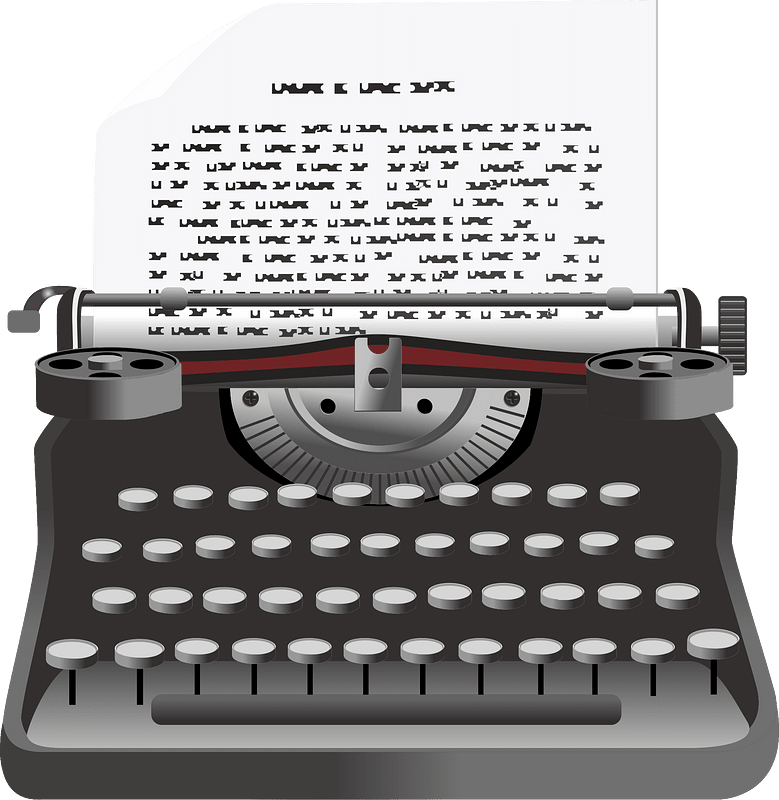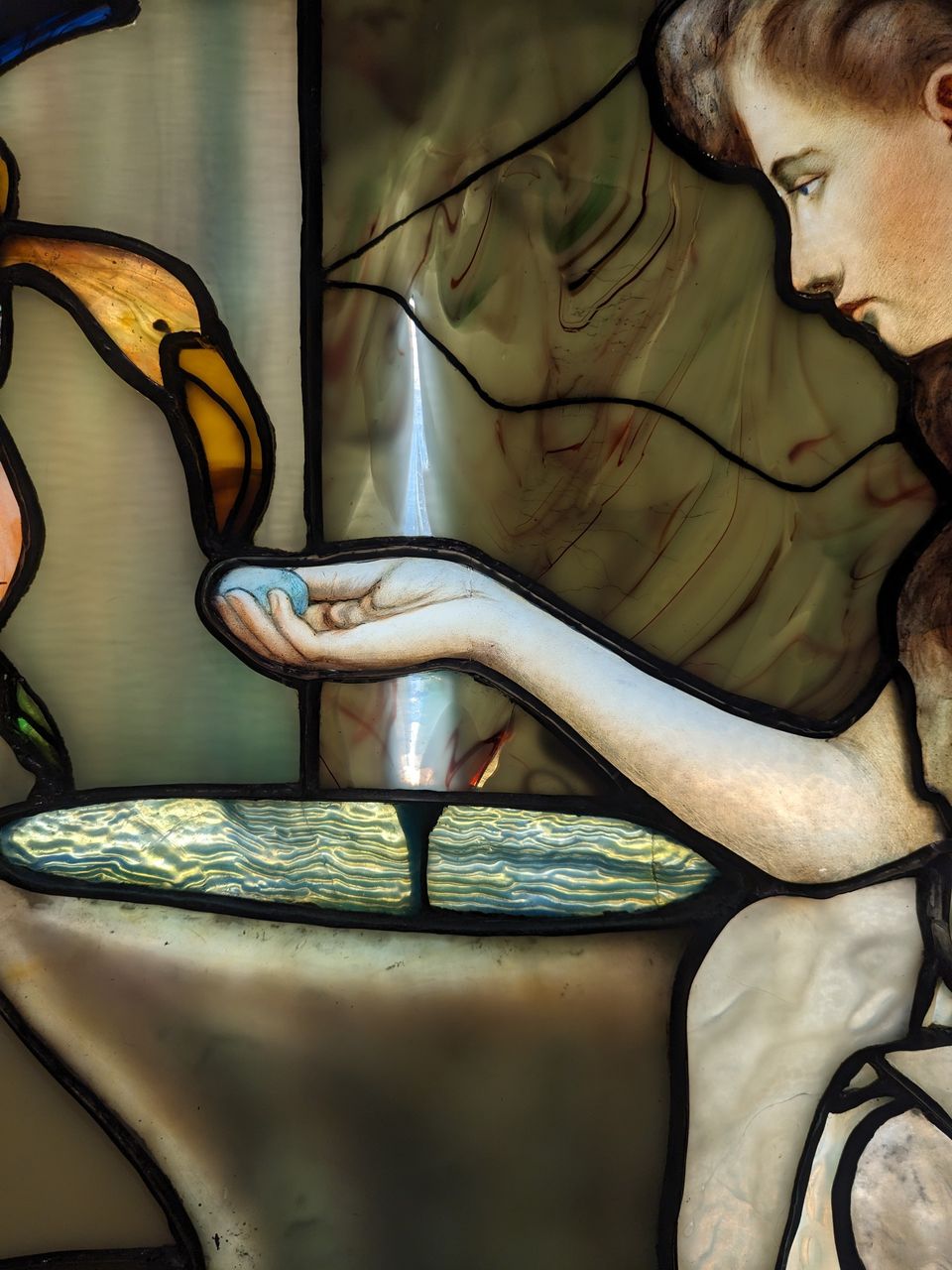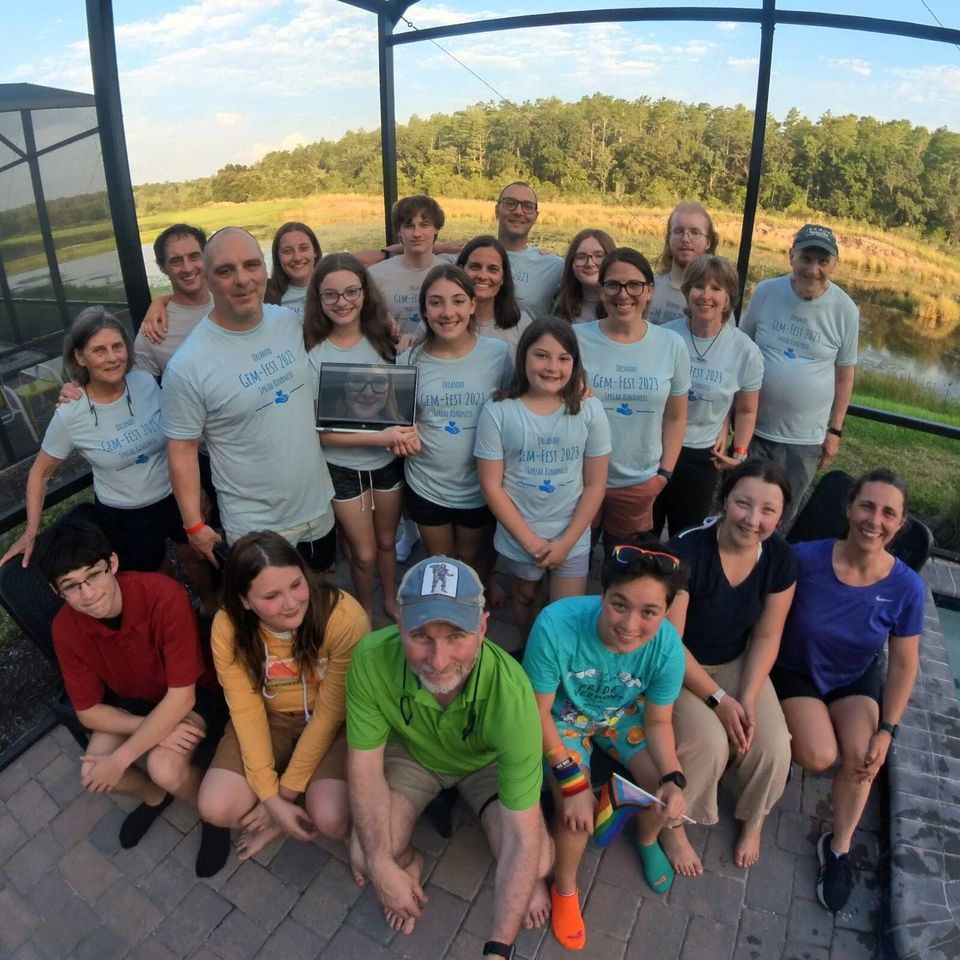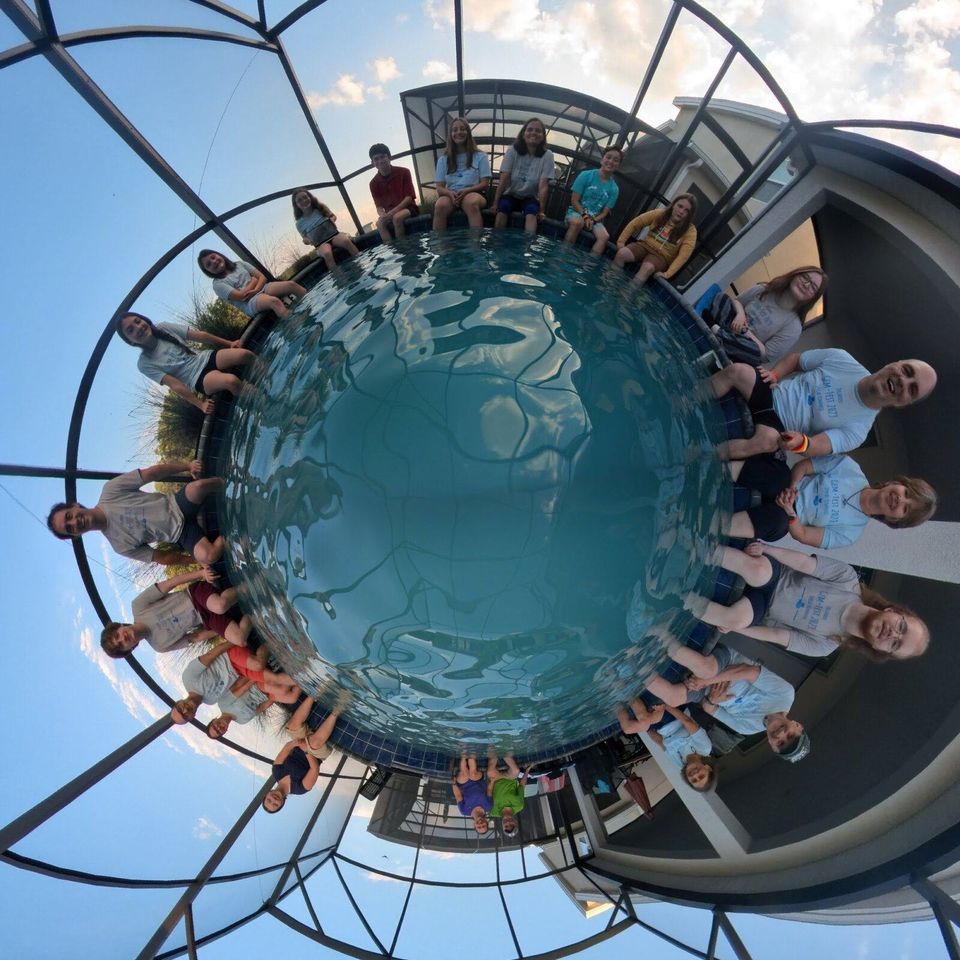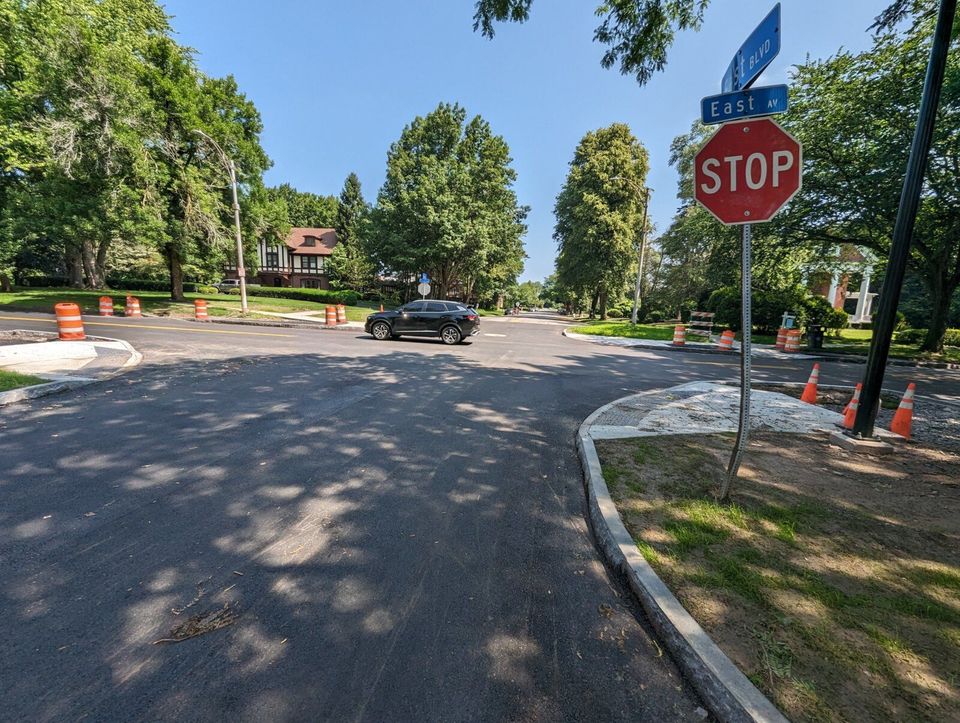Mauthausen
Yessa suggested that we share our story of our visit here, because it is good to share it, but that we should not put in any pictures.
That seems like a wise and insightful way to try to pay our respects to what we saw and experienced.
After we dropped all our belongings in a locker in Linz after catching our early train out of Vienna, we jumped on a local train to Mauthausen. When we exited the train, a large red taxi van was waiting at the station. We had decided a taxi was our best option because if we caught the bus it would still have been about a mile hike up hill to get to the concentration camp.
We were asking Buster to push through his injury, and Yessa had also fallen at the train station, injuring her knee, so the taxi seemed fair.
When the red taxi was waiting, I thought Buds had worked some amazing magic, but it turns out the taxi driver was just waiting for the train to see if she could get a fare. Serendipity.
She drove us up, up, up to the camp. It sits above the town.
As we stepped out of the van and walked to the information center, Buster said to me in a quiet voice, “It’s beautiful up here. I don’t know if that makes it better or worse.”
I’m finding it very tough to write this post. Like many hard things, I’ll glad we did it, but it changes you. You can’t unlearn what you learn.
I had asked several people throughout the trip about when German and Austrian children visit the camps. Consensus was teenagers. Even the sign at the entrance to to Mauthausen suggested a minimum age of 14.
Yessa is 11, and all the children were a little anxious about the visit. We had come to a family agreement about how we would handle things. And though we didn’t realize it, the layout of the camp worked effectively for a meaningful but not overwhelming visit for our crew.
After reading the rules, and visiting the information center, we walked through the gates. We had agreed that people could leave the camp, now called a memorial, and return to the information center to wait for the others.
At the top of the stairs after the entrance into the camp, we all turned left. This is the area of the camp that now has memorials and statues dedicated from many different countries. There would have been wooden buildings in this area when the camp was active, but they are all gone now.
We walked around through the memorials, in pairs. Moving, large, and beautiful, they were powerful, but a step removed from the horrors that happened here.
After we spent time here, most of the team went back to the visitor center. Then Buds and I, separately, returned to walk through the gates into the next part of the camp.
One of the purposes of this memorial is to ensure the memories are never lost. When it became clear they were going to lose the war, the SS destroyed as much evidence as they could of their attrocities. Mauthausen and its museum work to ensure this cultural memory is never lost.
Buds will write his own perspective since we each notice such different aspects of the world.
I walked through the barracks, read the descriptions, walked through the museum…
It was hard. I wanted to stop. It was overwhelming, yet it felt like I owed the souls that were murdered here this.
Much has been written of the Holocaust. I’ve read books that achingly, horribly, beautifully tell what happened.
Walking around on this gorgeous sun-swept day… It was the internal twist of being grateful to be alive while sickened at how humans can treat each other.
Never Forget.
Never Again.
